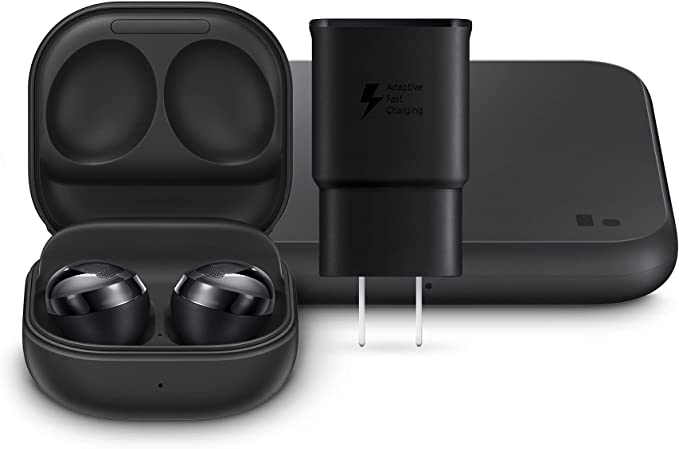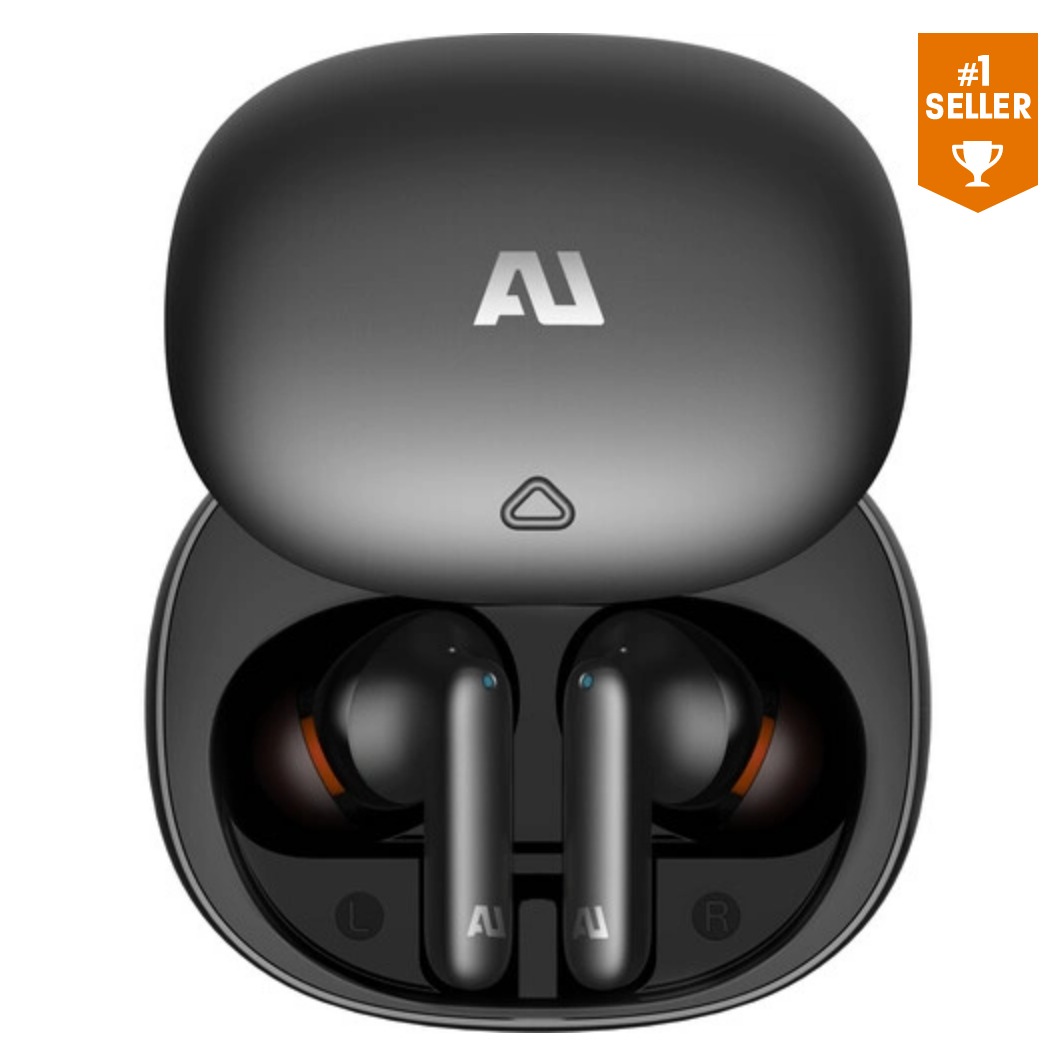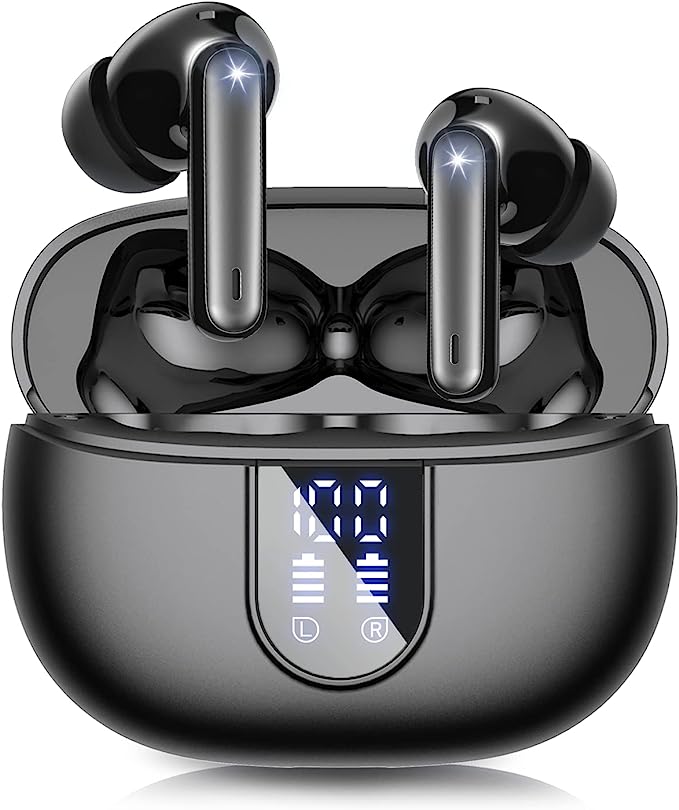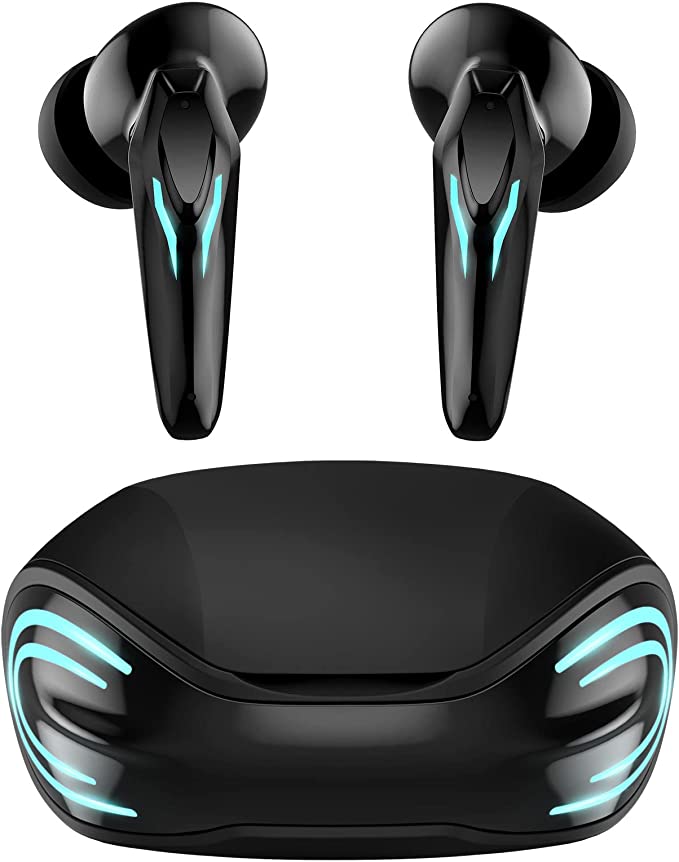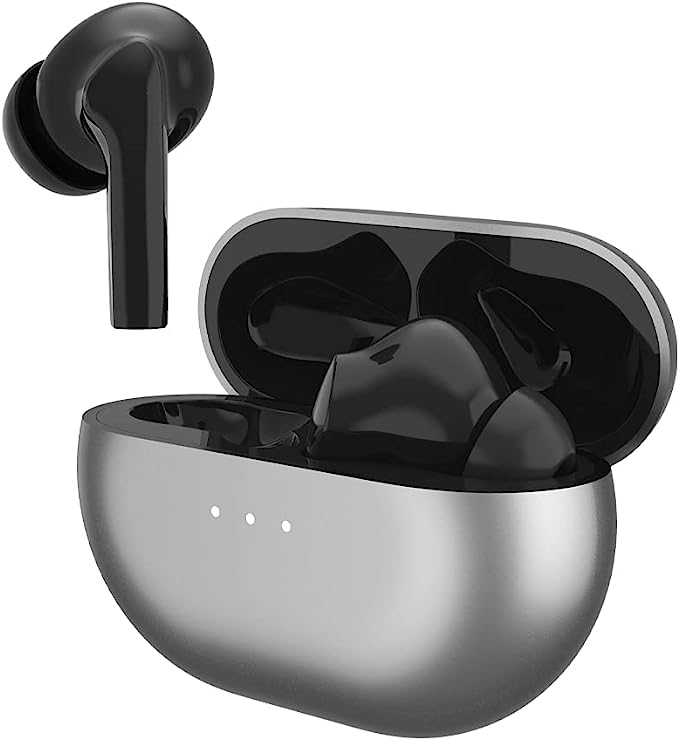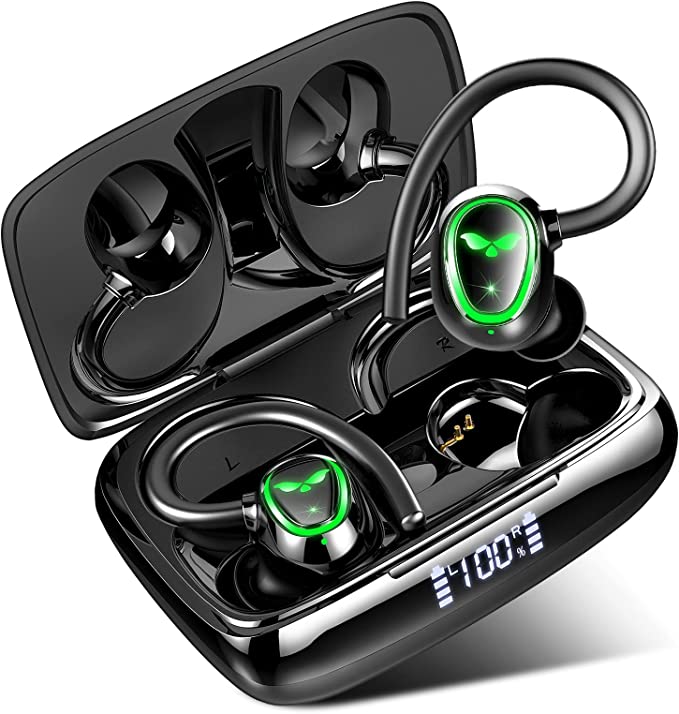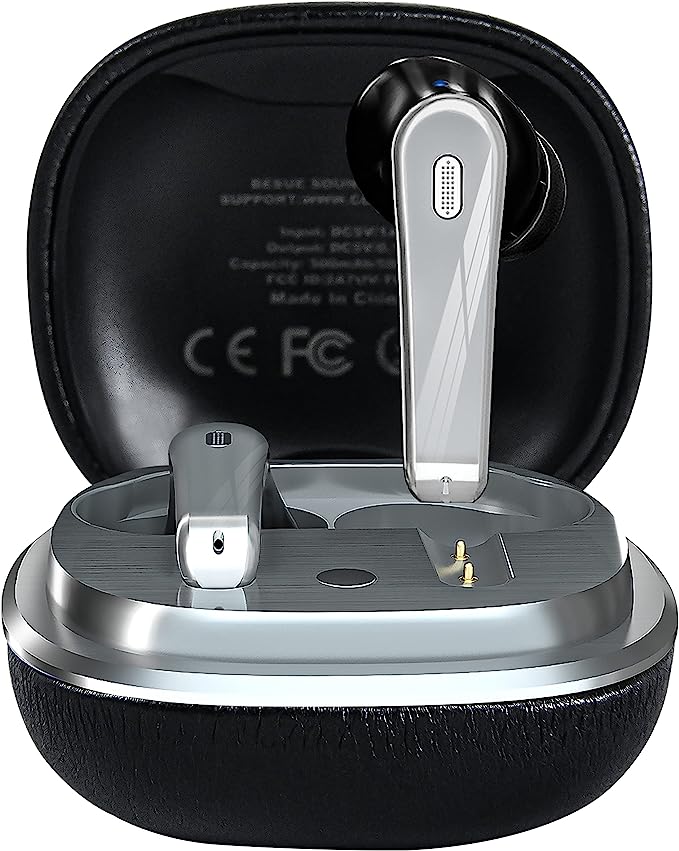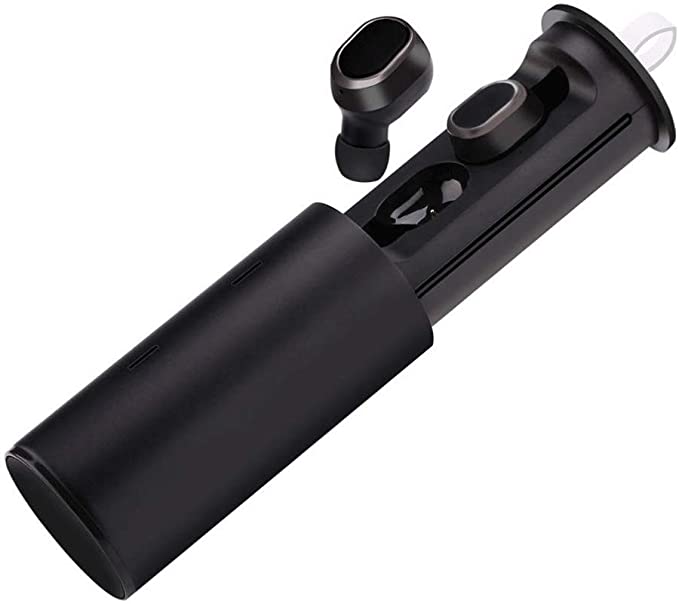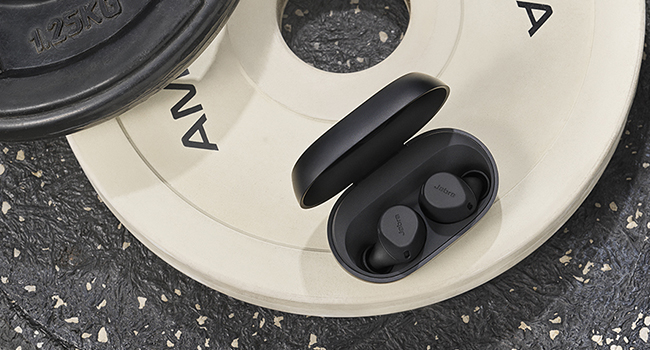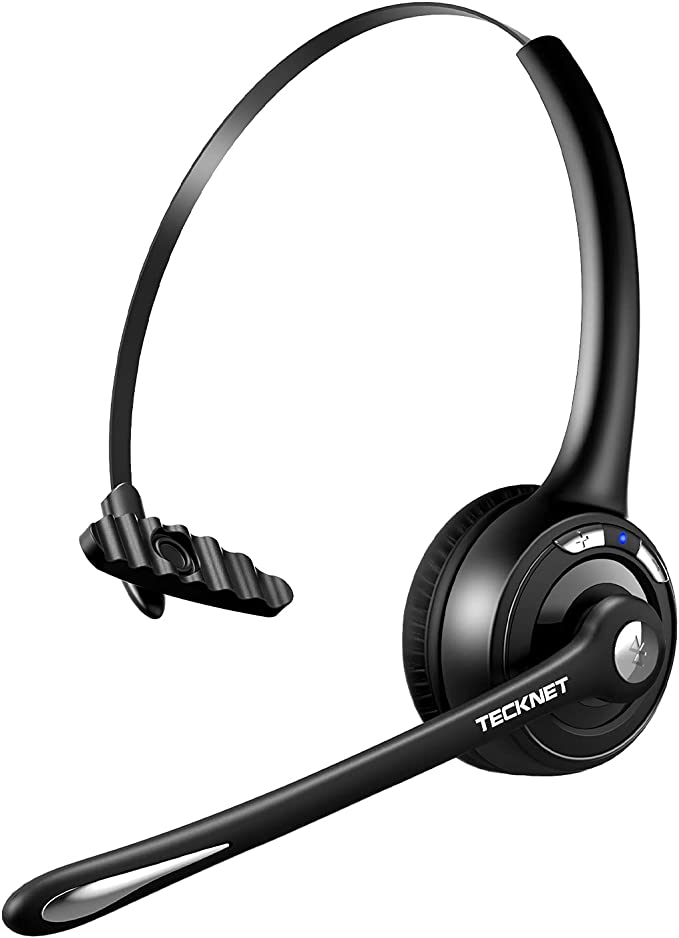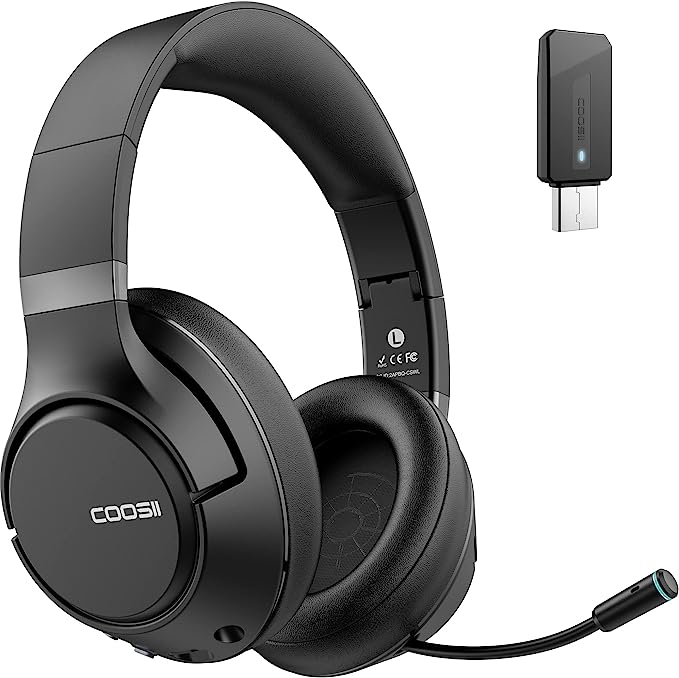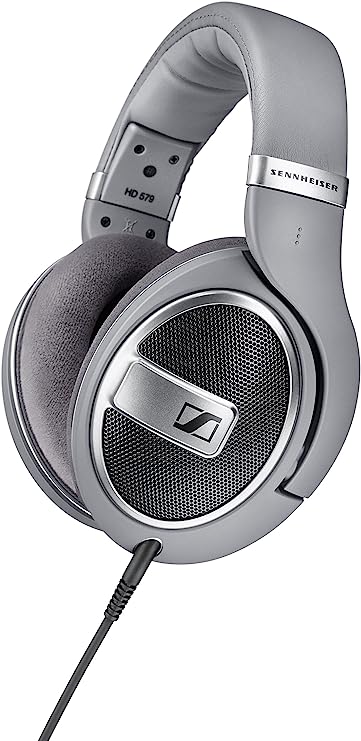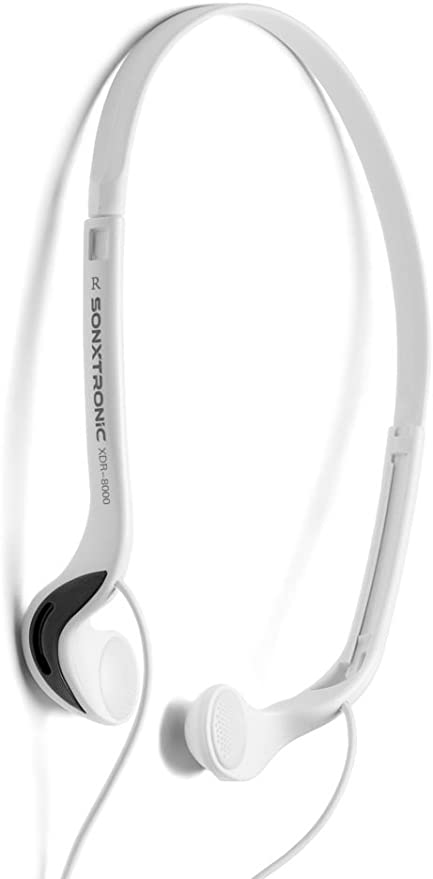Escape the Noise, Embrace the Music with Sony WF-1000XM5 Earbuds
Update on July 5, 2025, 5:36 a.m.
The world is loud. It’s the subterranean roar of the subway, the ceaseless chatter of the open-plan office, the high-altitude drone of a transatlantic flight. For much of human history, this sonic onslaught was an inescapable fact of life. But in the late 1970s, a revolutionary idea was born, not in a concert hall, but in the noisy cockpit of an airplane. Dr. Amar Bose, frustrated by his inability to enjoy audio over the engine’s din, sketched out a concept for a headset that didn’t just block noise, but actively erased it. This was the dawn of active noise cancellation.
For decades, this remarkable technology remained the preserve of bulky, over-ear headphones, a vital tool for pilots and discerning travelers. The challenge seemed insurmountable: how do you shrink a sophisticated acoustic system—microphones, processors, speakers—into a device small enough to disappear into your ear? The Sony WF-1000XM5 wireless earbuds stand as a compelling answer to that very question, representing a marvel of miniaturization and a symphony of applied science. To understand them is to understand the modern art of engineering silence and sculpting sound.

The Architecture of Silence
At the heart of the WF-1000XM5’s ability to create tranquility is a principle of physics elegant in its simplicity: destructive interference. Imagine dropping a pebble into a still pond, creating concentric ripples. Now, imagine you could create a perfectly opposite set of ripples—a trough for every crest, a crest for every trough. When the two patterns meet, the water’s surface becomes calm again. Active Noise Cancellation (ANC) does precisely this, but with sound waves.
The earbuds act as a vigilant listening post. Each contains a trio of microphones that constantly sample the outside world’s auditory chaos. This information is fed to a powerful dual-chip command center, featuring Sony’s Integrated Processor V2 and the HD Noise Cancelling Processor QN2e. This system functions like a sophisticated brain, analyzing the incoming sound waves in real-time and, with astonishing speed, generating that precise “anti-noise” signal. This inverted wave is then played through the earbud’s driver, meeting and neutralizing the external noise just before it reaches your eardrum. The result is not just muffling, but a digital erasure of low-frequency clutter.
Yet, this active digital wizardry relies on an unsung hero: a strong physical defense. The most advanced ANC is rendered ineffective without a proper seal. This is where the material science of the earbud tips becomes paramount. The WF-1000XM5 includes four sizes of Noise Isolation Earbud Tips crafted from a proprietary polyurethane foam. Unlike standard silicone, which primarily acts as a simple plug, this foam material has a more complex, elastic structure. It gently compresses upon insertion and then expands to perfectly conform to the unique contours of your ear canal. This creates an airtight, acoustic seal that is fundamental for two reasons: it physically blocks a significant amount of ambient sound, especially higher-frequency noises that ANC is less effective against, and it prevents the carefully crafted anti-noise signal from leaking out. As many users discover, cycling through the different tip sizes to find the perfect fit isn’t just a matter of comfort; it’s the critical step that unlocks the technology’s full potential.

Painting on a Canvas of Quiet
Once this canvas of near-silence is established, the true artistry can begin. What do we choose to hear? The WF-1000XM5’s audio reproduction is anchored by its new 8.4mm Dynamic Driver X. This isn’t just a bigger component; it’s an acoustic instrument engineered for nuance. The driver’s rigid dome and soft edge allow it to accurately reproduce an exceptionally wide range of frequencies. It can deliver the deep, resonant thrum of a bass guitar and the delicate, airy shimmer of a cymbal with equal clarity, creating a rich and detailed soundscape.
However, in our modern era of streaming, the source material itself is often compromised. To make music files small enough to stream efficiently, they undergo compression, a process that can strip away subtle high-frequency details. This is where the earbuds’ on-board “digital restoration artist,” DSEE Extreme™, comes into play. Using AI, this technology analyzes the music in real-time, identifying the instruments and genres, and intelligently reconstructs the sonic information lost during compression. It restores a sense of airiness and sparkle, making compressed audio sound fuller and more alive.
For those seeking the highest possible wireless fidelity, the earbuds’ support for the LDAC codec is key. Think of Bluetooth codecs as information pipelines. The standard codec, SBC, is a narrow country road, sufficient for basic transmission. AAC, used by Apple devices, is a wider city street. LDAC, however, is a multi-lane superhighway. It can transmit approximately three times more data than conventional Bluetooth audio, allowing for a listening experience that is virtually indistinguishable from a wired, high-resolution connection, preserving the depth and texture of the original studio recording.

An Intelligent Conversation with Your World
Perhaps the most complex challenge for any earbud is isolating a single human voice from a cacophony of background noise during a phone call. The WF-1000XM5 tackles this by essentially requiring “dual-factor authentication” for your voice. An AI-powered noise reduction algorithm uses the microphones to listen to the surrounding environment and intelligently filter out everything that isn’t your speech. Simultaneously, a bone conduction sensor rests against the inside of your ear and detects the subtle vibrations that travel through your skull as you speak. By cross-referencing these two data streams—the sound from the air and the vibrations from your body—the system can be remarkably certain that it is your voice, and only your voice, that gets transmitted.
This intelligence extends beyond calls. Adaptive Sound Control turns the earbuds into an empathetic companion. It learns your routines and locations, automatically switching to full noise cancellation when it detects you’re on a train, then seamlessly blending in ambient sound when you begin walking down a city street, ensuring you remain aware of your surroundings. And for those moments of quick interaction, like ordering a coffee, the Speak-to-Chat feature uses voice detection to automatically pause your music and let in ambient sound the moment you start talking, then resumes once the conversation is over. It’s a small touch that removes a layer of friction from daily life, making the technology feel less like a tool you operate and more like an extension of your intent.

Coda: The Harmony of Form, Function, and Future
Ultimately, the Sony WF-1000XM5 is a microcosm of modern engineering—a harmony of competing demands. Its smaller, lighter, and more ergonomic form is a direct response to user feedback, though its glossy finish underscores the personal and sometimes challenging quest for a perfect, secure fit. Its IPX4 rating provides the resilience needed for a sweaty gym session or an unexpected downpour. And its construction from recycled plastics and its 100% paper packaging speak to a growing consciousness in engineering: that innovation must be responsible.
To slip these earbuds in is to experience a profound shift. The auditory chaos of the world recedes, replaced by a controlled, curated soundscape of your own choosing. It’s a powerful feeling, born from the legacy of an idea sketched in a noisy cockpit decades ago. The WF-1000XM5 is more than a product; it is a portable testament to our ability to harness physics, computation, and materials science to command our own sensory reality. It is a symphony of science, ready to play at your command.



